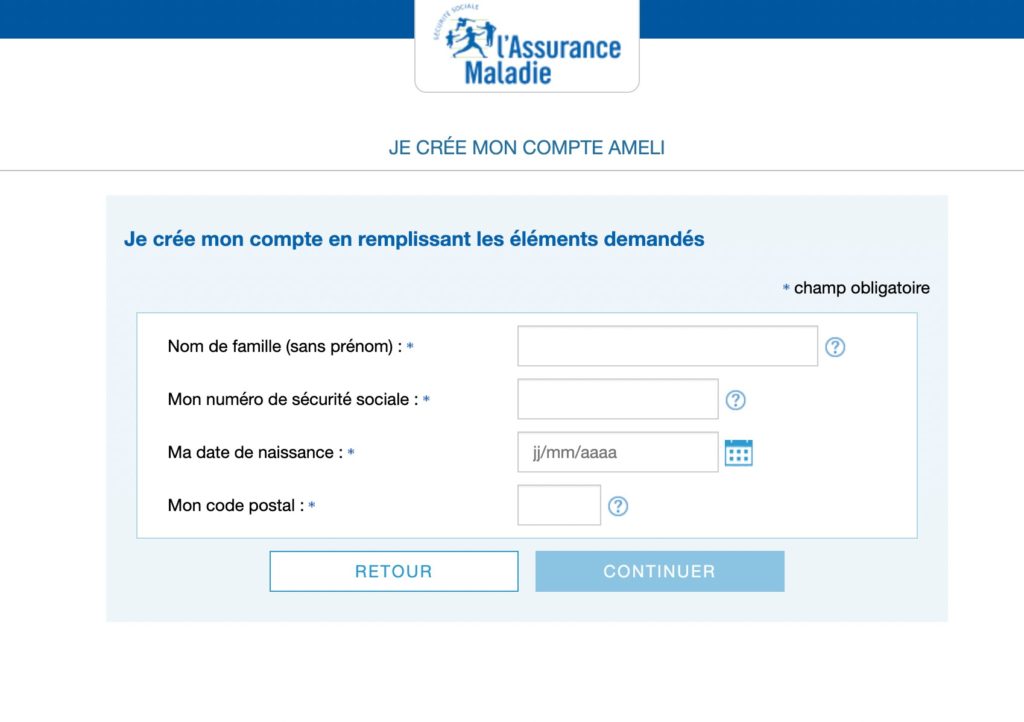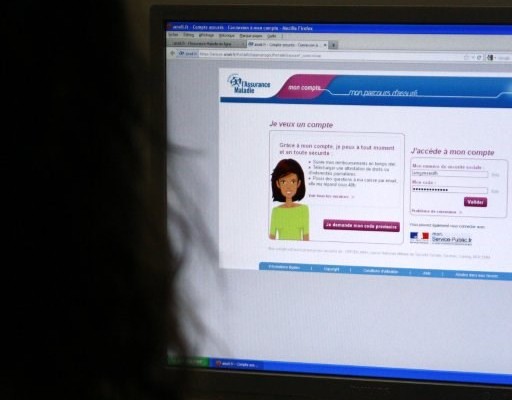What is Ameli?
We’re not talking about the classic French film starring Audrey Tautou (that’s Amélie or Le Fabuleux Destin d’Amélie Poulain if you’re in France).
Ameli – an acronym for assurance maladie en ligne (health insurance online) – is the online platform of the French social security scheme, Assurance Maladie.
Everyone living in France should register with the French health system to get the card that gives you access to refunded healthcare, carte vitale.
READ ALSO How to get a carte vitale and why you need one
If you have a carte vitale, you can create an Ameli personal account. Not everyone does, it is voluntary and you can get around it, but it will give you easy access to health related services and documents.
Why do I need it?
Ameli is generally helpful because speeds up the process of all health insurance-related procedures and makes it possible to keep track of medical expenses and refunds.
It’s also a place to access useful documents, as well as vaccination certificates, if you ever need to prove your right to healthcare in France, you can head to Ameli to download an attestation des droits which outlines that you are entitled to healthcare in France.
You can also do practical things like order a new carte vitale if yours has been lost or stolen or register a change in your personal details such as a new address or bank account.
How to register
Go to www.ameli.fr. Click on “je crée mon compte” (I’m creating my account). If you can’t find it, click HERE.
Fill out your name, social security number (the one on your carte vitale), date of birth and post code.

Click “continuer“.
After that, there are two main methods to go on to register.
1. The system knows your details
Firstly, if your carte vitale is activated and Assurance Maladie already has your bank details registered, things are quite easy.
Simply fill in the missing the seven last digits of your Iban bank number, the one Assurance Maladie uses to reimburse your medical expenses. The first digits will be there already, so you can easily double check that you are using the right one.
Then do the same for the missing digits of your carte vitale serial number (not your social security number), which is written next to your photo on the card. If you have a carte vitale without a photo, the number is on the top left corner.
Reader question: Can you get a Covid vaccine in France without a carte vitale?
You will then be asked to accept the general conditions (tick the box for yes) before continuing to the next page, where you get to choose a password (the password criteria are listed on the site).
After that you just need to fill out the remaining information, including your email address (personal, not professional email) – and phone number.
You will then receive an email with a link that you have to click on to validate your account. You have seven days to do this, if you wait longer than that you will have to start over again.
It is important to choose an email address that you frequently check, as Assurance Maladie will send you updates and notify you when new documents are available on your account.
The procedure is explained step by step (in French) in the video below:
Previously, if the system did not know your details, you could have registered using “France connect” where you fill in your social security number and click the France connect button. You would have been able to identify yourself using another French government online service, such as the tax declaration site, Impots.gouv.fr, and providing your numéro fiscale.
However, recently this option has been removed.
If you’re struggling..
If for some reason you are unable to register, there are a few other options. One is to go to see one of the nearest Assurance Maladie offices to get in-person help. You can find a list over the points d’acceuil HERE (remember to select your own area).
If you want to avoid going into one of their offices, you can call the Ameli helpline at 3646 (free service number) from Monday to Friday between 8.30am and 5pm. If you are calling from one of France’s overseas territories the number is the same, but opening hours vary.
There is also a phone line for English speakers: 09 74 75 36 46 (from France).
There’s also a chatbot called ameliBot on the website where it is possible to ask questions.
More information in English on the Assurance Maladie website, link HERE.



 Please whitelist us to continue reading.
Please whitelist us to continue reading.
Member comments